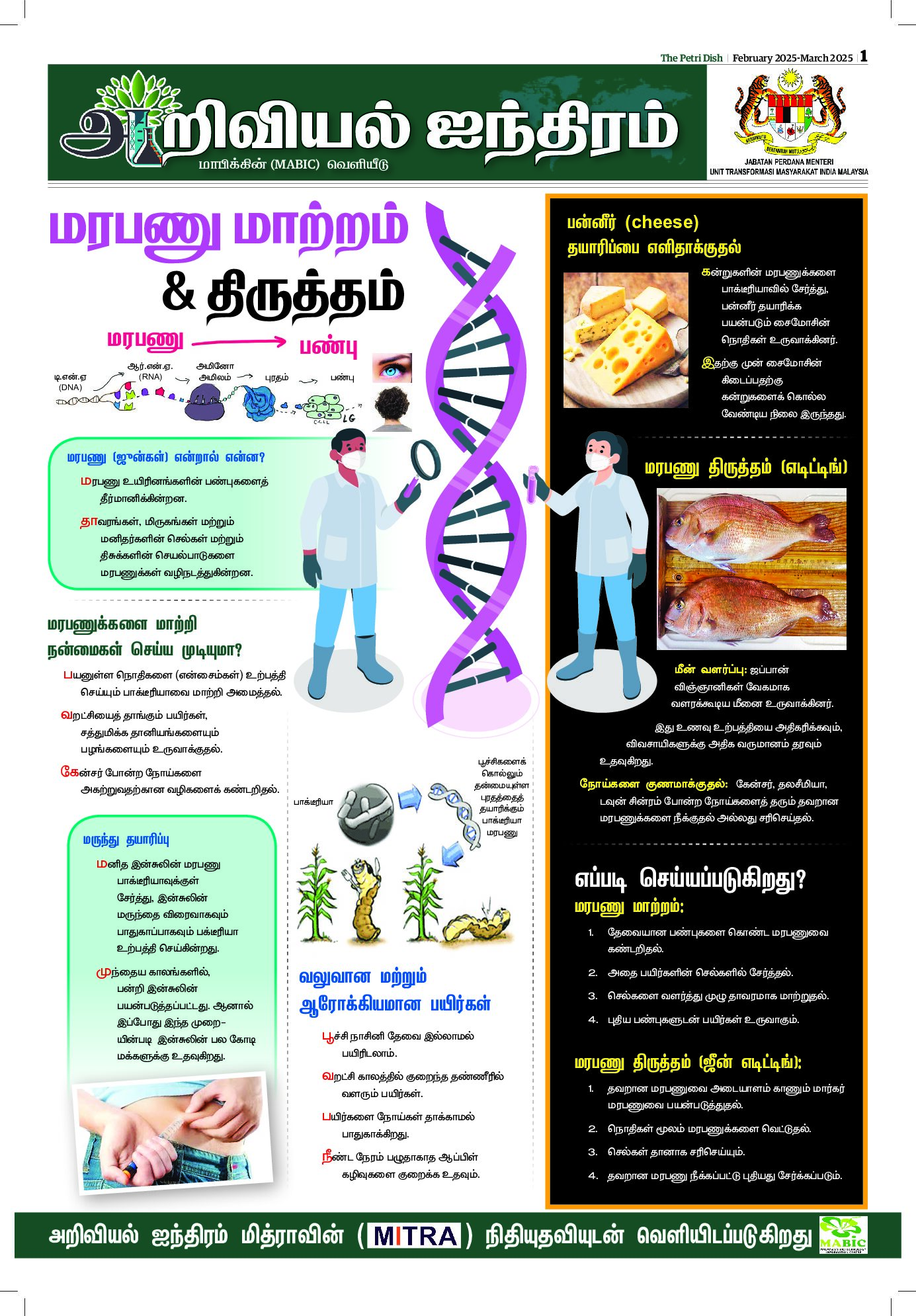
A VISIT to the dentist typically involves time-consuming and sometimes unpleasant scraping with mechanical tools to remove plaque from teeth. What if, instead, a dentist could deploy a small army of tiny robots to precisely and non-invasively remove that buildup?
A team of engineers, dentists, and biologists from the University of Pennsylvania developed a microscopic robotic cleaning crew. With two types of robotic systems — one designed to work on surfaces and the other to operate inside confined spaces — the scientists showed that robots with catalytic activity could ably destroy biofilms, sticky amalgamations of bacteria enmeshed in a protective scaffolding.
Such robotic biofilm-removal systems could be valuable in a wide range of potential applications, from keeping water pipes and catheters clean to reducing the risk of tooth decay, endodontic infections, and implant contamination.
The work, published in Science Robotics, was led by Hyun (Michel) Koo of the School of Dental Medicine and Edward Steager of the School of Engineering and Applied Science.
“This was a truly synergistic and multidisciplinary interaction,” says Koo. “We’re leveraging the clinician-scientists as well as engineers to design the best microbial eradication system possible. This is important to other biomedical fields facing drug-resistant biofilms as we approach a post-antibiotic era.” “Treating biofilms that occur on teeth requires a great deal of manual labor, both on the part of the consumer and the professional,” adds Steager. “We hope to improve treatment options as well as reduce the difficulty of care.”
Biofilms can arise on biological surfaces, such as on a tooth or in a joint or on objects, like water pipes, implants, or catheters. Wherever biofilms form, they are notoriously difficult to remove, as the sticky matrix that holds the bacteria provides protection from antimicrobial agents.
In previous work, Koo and colleagues have made headway at breaking down the biofilm matrix with a variety of outside-the-box methods. One strategy has been to employ iron-oxide-containing nanoparticles that work catalytically, activating hydrogen peroxide to release free radicals that can kill bacteria and destroy biofilms in a targeted fashion.
Serendipitously, the Penn Dental Medicine team found that groups at Penn Engineering led by Stea- ger, Vijay Kumar, and Kathleen Stebe were working with a robotic platform that used very similar iron-oxide nanoparticles as building blocks for microrobots. The engineers control the movement of these robots using a magnetic field, allowing a tether-free way to steer them.
Together, the cross-school team designed, optimised, and tested two types of robotic systems, which the group calls catalytic antimicrobial robots, or CARs, capable of degrading and removing biofilms. The first involves suspending iron-oxide nanoparticles in a solution, which can then be directed by magnets to remove biofilms on a surface in a plow-like manner.
The second platform entails embedding the nanoparticles into gel molds in three-dimensional shapes. These were used to target and destroy biofilms clogging enclosed tubes. – University of Pennsylvania












